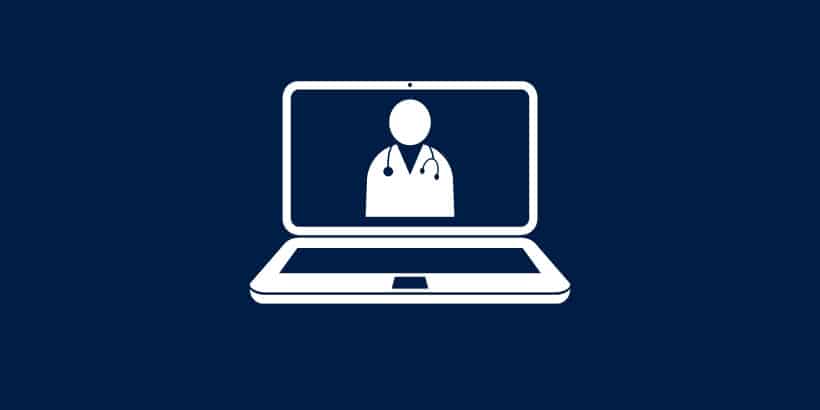
Post Job Keeper: What Happens Next?
July 14, 2020
Vaccine Supply and Distribution Concerns
July 14, 2020PRIVATE PRACTICE
We have an opportunity to make telemedicine a permanent fixture of quality healthcare in Australia, and welcome new restrictions to ensure it isn’t abused.
THE AMA has successfully lobbied the Federal Government to tighten rules around telemedicine in a bid to prevent ‘pop-up’ telehealth services, including those linked to pharmacies, from fragmenting care and undermining the role of a patient’s usual GP.
While 90% of COVID-19 MBS funded telemedicine services are being provided by GPs who have an existing relationship with the patient, there were a growing number of providers looking to exploit the system and take advantage of temporary items.
Unconstrained access to the items led to an explosion of junk operators marketing to the public with no physical practice and no associations with patients’ usual GPs.
While many health stakeholders, including the AMA, are asking Government to retain telehealth item numbers; we also argued for constraints to be put in place.
Background
The COVID-19 pandemic saw the Australian Government temporarily expand Medicare-subsidised telehealth services to a whole of population model.
Many practitioners and patients embraced telehealth to maintain social distancing, reduce the use of PPE and successfully flatten the curve in Australia. Since these changes were introduced, over 14 million telehealth services have been provided to patients, with overwhelmingly positive feedback received from patients and service providers.
The AMA (NSW) recognises the benefits associated with telehealth in terms of convenience, patient centeredness, continuity of care, access to services, travel requirements, and a reduced burden on certain elements of the healthcare system such as subsidised transport schemes.
A survey completed by the Royal Australasian College of Physicians in May found that 90% of practitioners were using telehealth services and three-quarters thought the new Medicare rebates had increased accessibility of healthcare.
Telehealth also has significant benefits for rural clinicians, leading to improved communication, greater support, and reduced professional isolation – allowing these practitioners to deliver care in a more flexible and sustainable service delivery model.
Once the pandemic passes, patients will have changed expectations of how care should be delivered and will increasingly expect virtual care options to complement in-person attendances.
To encourage the Government to make telehealth rebates permanent after September 30, AMA (NSW) has been running a social media campaign. (#Sup portTelemedicineBeyondSeptember).
If you have seen our posts on social media, please like and share to create awareness.
Meanwhile, the AMA (NSW)’s Systems and Technology Committee has developed a position paper on what constitutes ‘good telemedicine’. The paper focuses on delivering high quality healthcare, with technology as the enabler. The document is expected to be released to members shortly, but a few key points include:
- Telemedicine should support high quality clinical care, which is appropriate, effective and efficient.
- Telemedicine models should not be completely virtual or be used solely to serve as a substitute for face to face care.
- Good practice will support and maintain continuity of care and allows patients to access their regular healthcare providers in a way that suits them.
- The use of digital health in models of care must ensure good clinical record-keeping is maintained and steps are taken to protect patient and clinician privacy.
- Particular attention should be made to vulnerable populations, so the use of digital heath improves access and does not lead to further barriers in accessing health care.
AMA (NSW) believes that COVID-19 presents an opportunity to reform health systems to ensure that telemedicine is integrated into a medical practitioner’s usual offering and the level of connectivity that has been created as a result, is maintained.
Contributed by Annabel Raftery, Policy and Workplace Relations Advisor, AMA (NSW)

